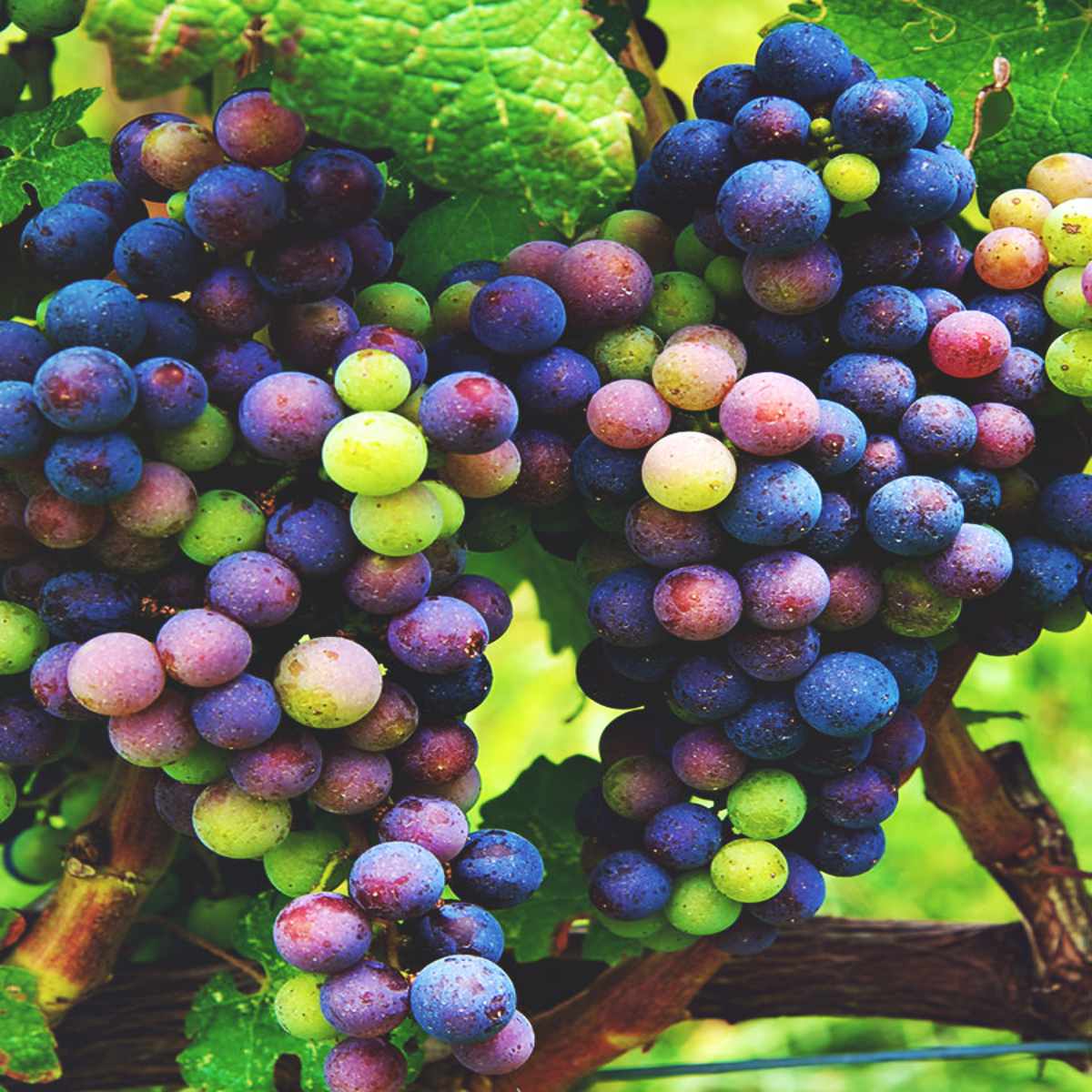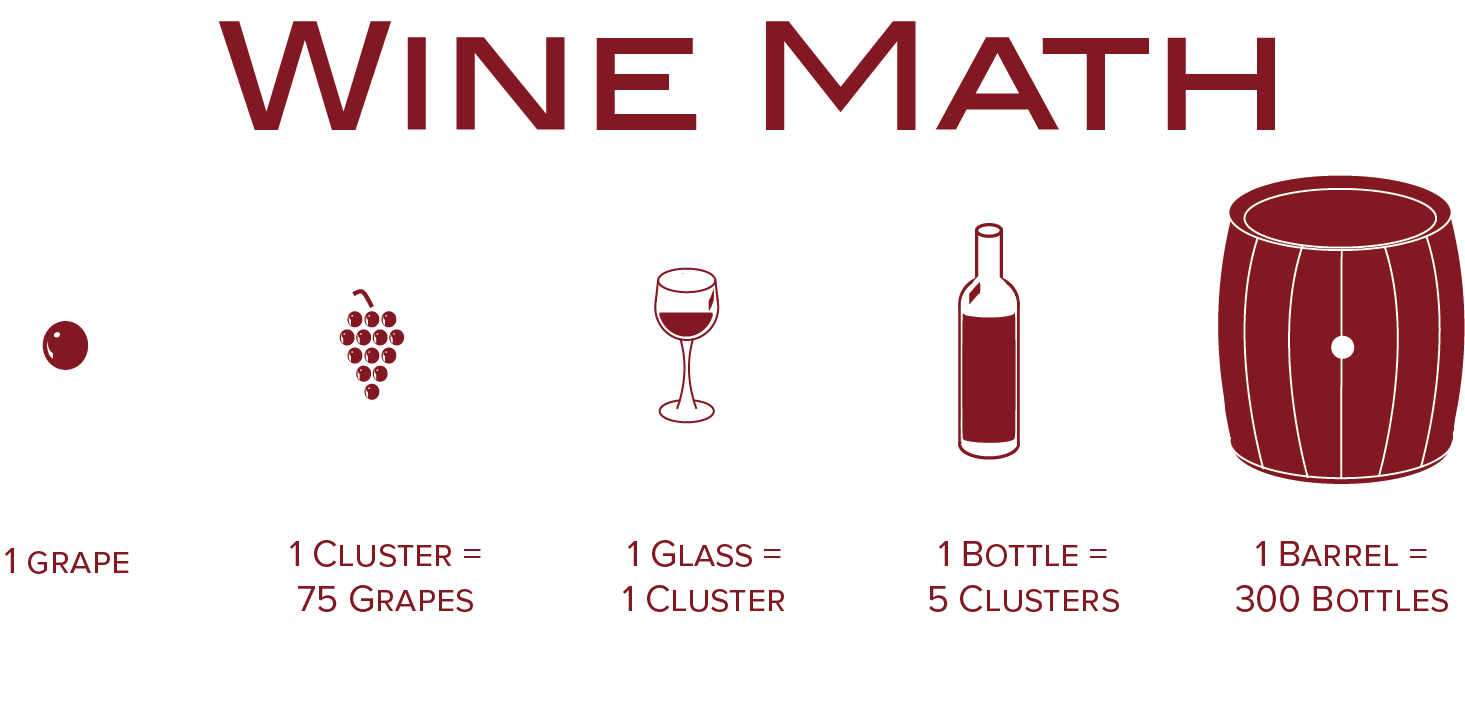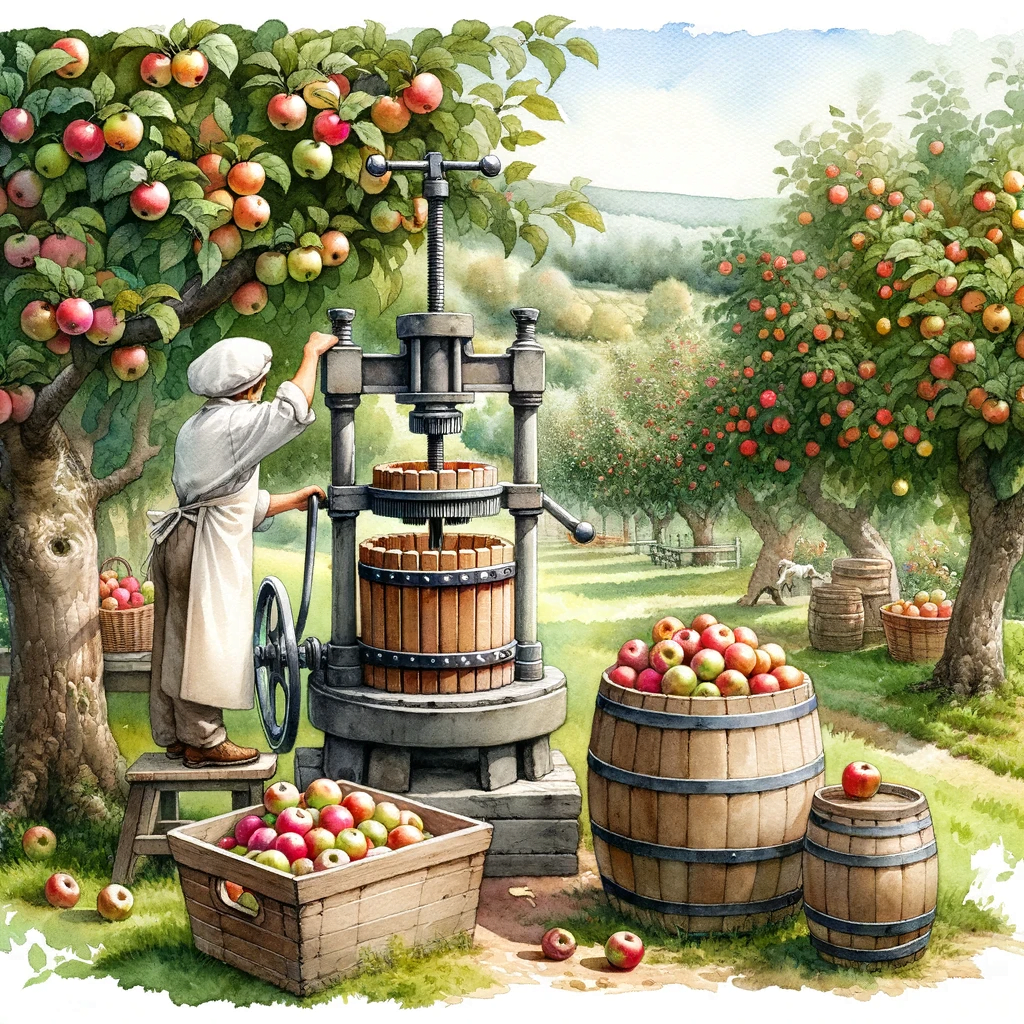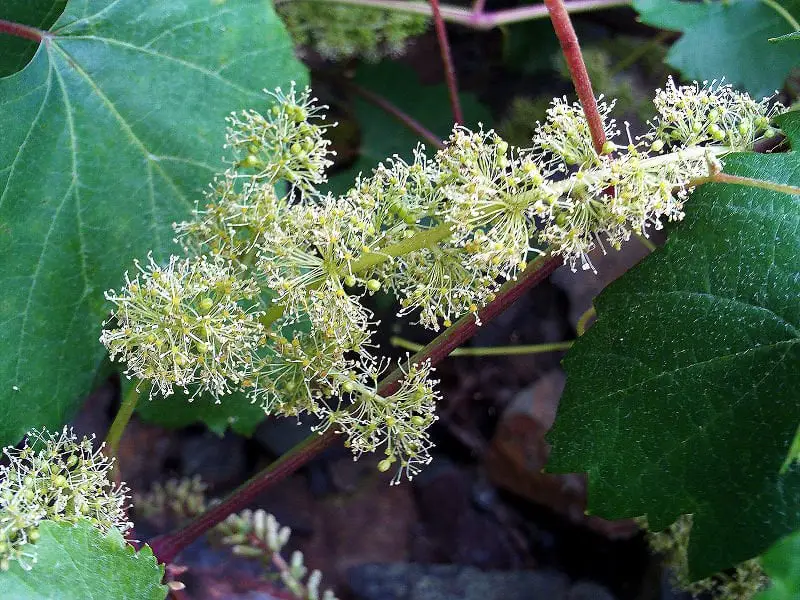Did you know that grape season varies depending on where you are in the world? Grapes are a delicious and versatile fruit that can be enjoyed in a variety of ways, from eating them fresh to using them in salads, jams, and even wine-making. The season for grapes typically starts in late summer and continues through early fall, but the exact timing can differ depending on the climate and region. Whether you’re a fan of red, green, or purple grapes, understanding when they are in season can help you enjoy these juicy fruits at their peak freshness and flavor.

Introduction
Have you ever wondered when the best time is to enjoy fresh, juicy grapes? Understanding the concept of grape season can help you make the most of this delicious fruit. From learning about the different grape varieties and the science behind grape ripening to determining grape season through various cues, this comprehensive article will provide you with all the information you need to become a grape season expert. Additionally, we will explore the benefits of enjoying seasonal grapes and discuss techniques for extending grape availability. So let’s dive in and discover the fascinating world of grape season!
Understanding the concept of grape season
What is grape season?
Grape season refers to the time of the year when grapes are at their peak ripeness and abundance, making them readily available for consumption. During grape season, the flavors are at their best, and the fruit is packed with essential nutrients. Understanding grape season allows you to indulge in the freshest and most flavorful grapes, ensuring a delightful experience.
Factors affecting grape season
Several factors play a role in determining grape season. The most significant factor is the geographic location and climate. Grapes grow best in regions with a suitable climate and specific temperature ranges. Other factors include soil type, rainfall, sunlight exposure, and the grape variety being cultivated. Each of these factors contributes to the overall quality and availability of grapes during the season.
Importance of knowing grape season
Knowing grape season is essential for several reasons. Firstly, it ensures that you are consuming grapes at their peak freshness and flavor, maximizing your enjoyment. Additionally, understanding grape season allows you to support local agriculture by purchasing grapes when they are in season, thereby promoting sustainable farming practices. Lastly, being aware of grape season helps you plan your meals and recipes, incorporating this delectable fruit at its finest.

The Different Grape Varieties
Common grape varieties
Grapes come in a wide range of varieties, each with its own unique characteristics. Some common grape varieties include Cabernet Sauvignon, Chardonnay, Merlot, Pinot Noir, and Sauvignon Blanc. These varieties are widely cultivated and known for their distinct flavors and aromas.
Grape varieties by region
Different grape varieties thrive in specific regions due to variations in climate and soil conditions. For example, the Riesling grape variety is often associated with Germany, while the Malbec grape variety is traditionally grown in Argentina. Exploring grape varieties by region allows you to appreciate the diversity and global reach of grape cultivation.
Seasonality of different grape varieties
Each grape variety has its own specific growing season. Some varieties, like Muscadine grapes, are available primarily in the late summer and early fall, while others, such as Concord grapes, are harvested in the autumn. By understanding the seasonality of different grape varieties, you can plan your grape consumption accordingly and enjoy a varied selection throughout the year.
The Science Behind Grape Ripening
The ripening process of grapes
The ripening process of grapes is a fascinating biological phenomenon. It involves a series of physiological changes within the fruit, ultimately leading to the development of the characteristic flavors, colors, and textures. As grapes ripen, their sugar content increases, acidity decreases, and various flavor compounds develop.
Key stages of grape ripening
Grape ripening can be divided into three key stages: the hard and green stage, the veraison stage, and the fully ripe stage. During the hard and green stage, the grapes are firm and lack sugar, acidity, and flavor. The veraison stage marks the beginning of ripening, with the grapes softening and changing color. Finally, at the fully ripe stage, the grapes have reached their peak flavor and are ready for harvest.
Factors influencing grape ripening
The ripening of grapes is influenced by several factors, including temperature, sunlight, rainfall, and vine nutrition. Warmer temperatures generally accelerate ripening, while cooler temperatures can slow it down. Sunlight exposure is crucial for grape photosynthesis and sugar accumulation. Adequate rainfall ensures the grapes receive the necessary hydration, and vine nutrition impacts the overall health and development of the fruit.
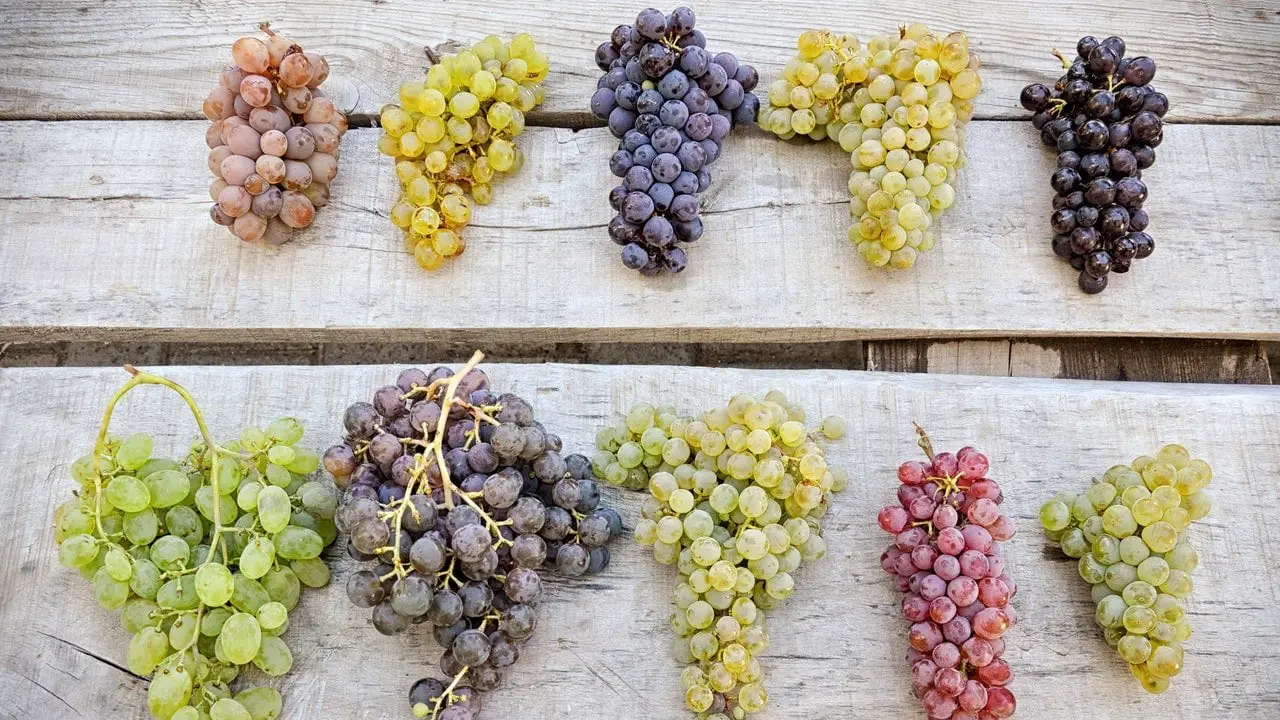
Determining Grape Season
Characteristics of ripe grapes
Recognizing the characteristics of ripe grapes is key to determining grape season. Ripe grapes are plump, firm, and evenly colored, depending on the grape variety. They should have a sweet aroma and feel slightly soft when gently squeezed. The taste of ripe grapes is a harmonious balance of sweetness and acidity, creating a delightful sensory experience.
Visual cues for grape season
Visual cues can provide valuable information about grape season. Look for vibrant colors, whether it be deep red, rich purple, or luscious green, depending on the grape variety. Avoid grapes with shriveled skins, mold, or any signs of bruising. Lush clusters and intact stems are also indicators of fresh and ripe grapes.
Tasting and testing grapes
Tasting and testing grapes is an enjoyable and effective method of determining their ripeness. Take a grape, gently bite into it, and assess its sweetness, acidity, and overall flavor. Ripe grapes should have a burst of natural sweetness without being overly sugary. The acidity should provide a pleasant tanginess, balancing the sweetness. Trust your taste buds and experiment with different grape varieties to refine your palate.
Locating Grape Cultivation Regions
Grape-growing regions around the world
Grapes are cultivated in various regions around the world, each with its own unique climatic conditions and grape varieties. California in the United States, Bordeaux in France, Tuscany in Italy, and the Barossa Valley in Australia are renowned grape-growing regions. Exploring different grape-growing regions allows you to appreciate the diversity in grape cultivation and the influence of terroir on grape characteristics.
Grape seasons in different regions
Grape seasons can vary significantly across different regions. In some regions, such as the Mediterranean, grapes may have an extended season due to favorable climatic conditions. In contrast, cooler regions may have shorter and more specific grape seasons. Researching and understanding grape seasons in different regions can guide your grape selection and enable you to experience a wider variety of flavors throughout the year.
Impact of climate on grape season
The climate of a particular region plays a crucial role in determining the grape season. Grapes require a specific balance of temperature, sunlight, and rainfall for optimal growth and ripening. Warmer climates with longer growing seasons tend to have more extended and abundant grape seasons, while cooler climates have shorter seasons. By considering the impact of climate on grape season, you can better appreciate the geographic diversity of grape cultivation.
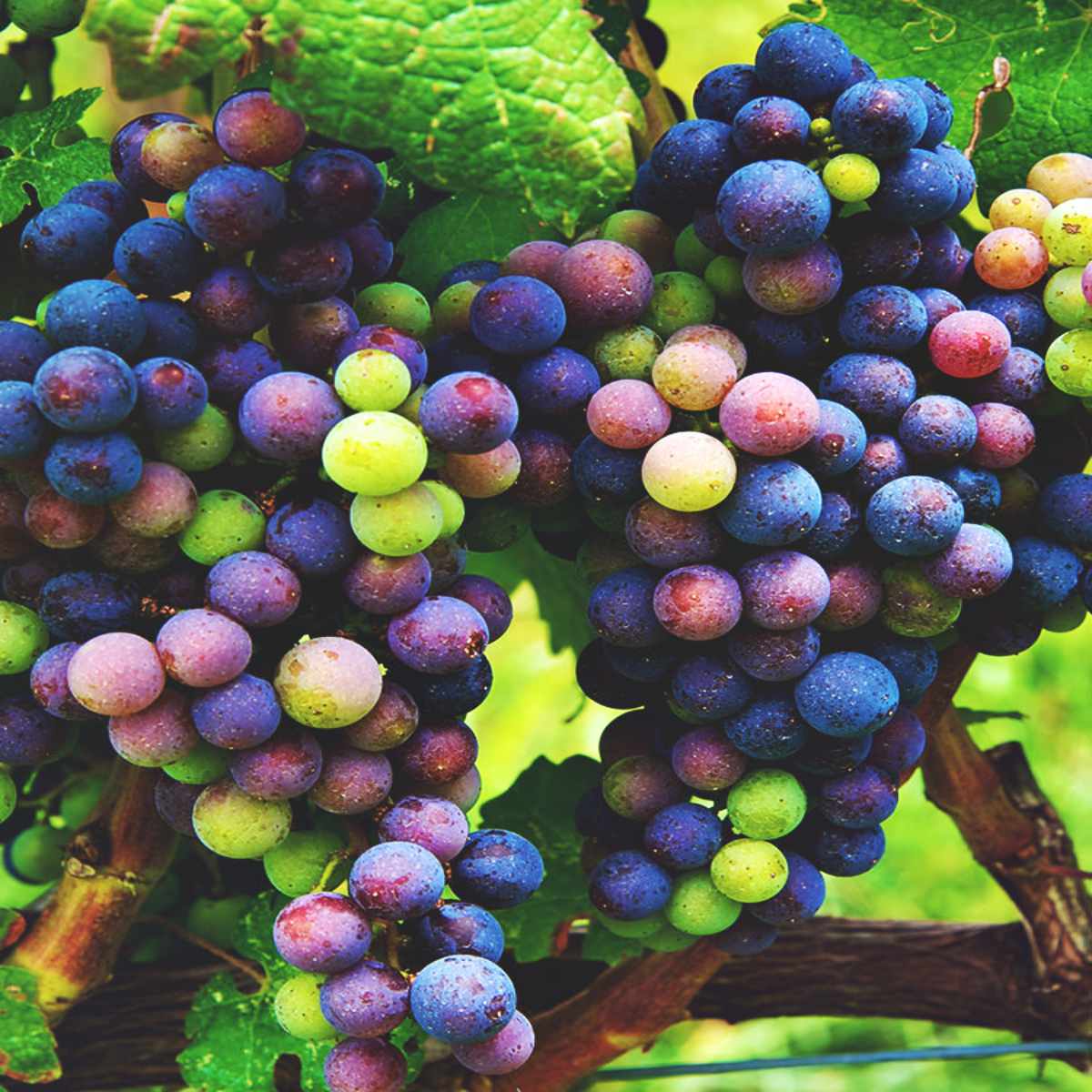
Market Availability and Seasonal Demand
Local and global grape markets
Grapes are a highly sought-after fruit and are widely available in both local and global markets. Local markets offer an excellent opportunity to support nearby farmers and enjoy grapes that are freshly picked. Global markets provide access to a wide selection of grape varieties from different regions, allowing you to explore the diverse flavors and profiles.
Seasonal availability of grapes
Due to the varying grape seasons across different regions, the availability of grapes can be seasonal. Some grape varieties may only be available during specific months of the year, while others are more readily available year-round. It is important to be mindful of the seasonal availability of grapes when planning your grocery shopping and selecting recipes.
Factors affecting grape prices
Grape prices can be influenced by several factors, including supply and demand, transportation costs, and import/export regulations. During peak grape seasons, when the supply is abundant, prices are often more competitive. Conversely, out-of-season or exotic grape varieties may command higher prices due to limited availability or increased transportation costs. Understanding these factors allows you to make informed purchasing decisions and manage your budget effectively.
Benefits of Enjoying Seasonal Grapes
Nutritional advantages
Enjoying seasonal grapes offers numerous nutritional advantages. Grapes are low in calories and fat while being high in vitamins and minerals. They are rich in antioxidants, which help protect the body against free radicals and oxidative stress. Additionally, grapes contain dietary fiber, which aids digestion and promotes a healthy gut. By consuming seasonal grapes, you can boost your overall health and well-being.
Enhanced flavor and freshness
Seasonal grapes are bursting with flavors and freshness. Ripened during their designated season, they develop a complex flavor profile that is unrivaled. The freshness and juiciness of seasonal grapes elevate the entire eating experience. Their vibrant colors, crisp textures, and juicy interiors create a sensory delight that can’t be matched by grapes consumed outside of their peak season.
Supporting local agriculture
Choosing seasonal grapes allows you to support local agriculture and farmers. By purchasing grapes when they are in season, you contribute to the sustainability of local farming practices. This support helps create a more robust and resilient agricultural system, benefiting both the environment and local communities. Showcasing your appreciation for seasonal produce encourages the preservation of traditional agricultural methods and helps maintain the cultural heritage associated with grape cultivation.
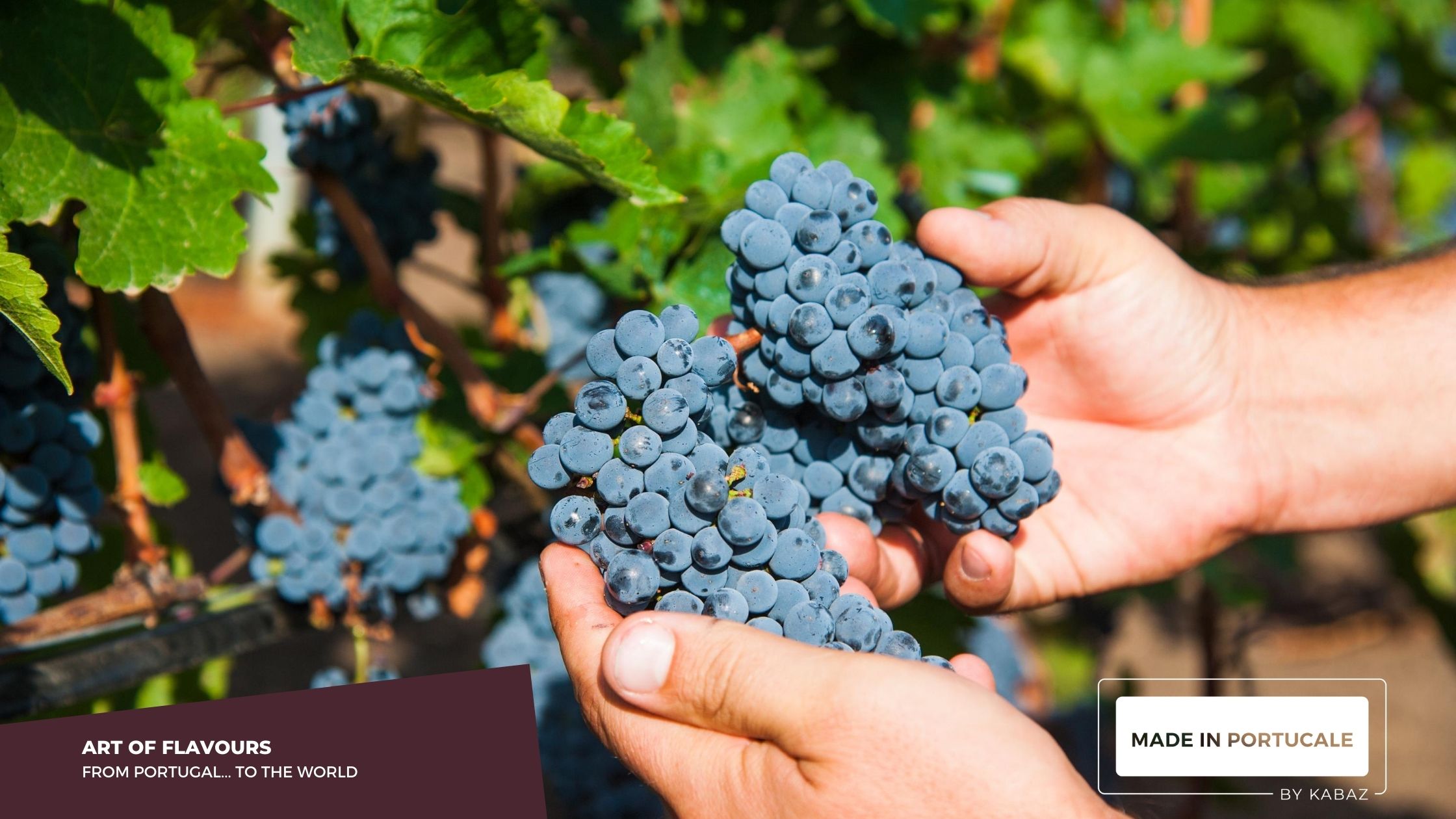
Extending Grape Season
Techniques for extending grape availability
While grape seasons are naturally limited due to climatic conditions, several techniques can be employed to extend grape availability. These techniques include utilizing greenhouses, irrigation methods, and vineyard management practices. Greenhouses provide a controlled environment where grapes can be grown outside of their natural season. Efficient irrigation systems ensure grapes receive optimal hydration, promoting healthy growth and ripening. Vineyard management practices, such as pruning and protecting against pests, can also help prolong the grape season.
Use of technology and innovation
Technology and innovation play a vital role in extending grape availability. Advances in agricultural science have led to the development of new grape varieties that can withstand different climates and have extended growing seasons. Additionally, the use of innovative storage and transportation methods allows grapes to be preserved and transported over longer distances, extending their availability to consumers around the world.
Challenges and considerations
Despite the advancements in extending grape season, there are challenges and considerations to be aware of. Artificially extending the grape season can put additional strain on natural resources and the environment. It is crucial to balance the demand for grapes with sustainable farming practices. Furthermore, there may be a compromise in quality and flavor when grapes are grown outside of their natural season. It is essential for consumers to be mindful of these factors and make informed choices when purchasing grapes.
Conclusion
Understanding the concept of grape season allows you to appreciate the diversity and flavors of this delightful fruit. By familiarizing yourself with the different grape varieties, the science behind grape ripening, and the factors influencing grape season, you can become a discerning consumer. Determining grape season through visual cues, tasting and testing, and learning about grape cultivation regions enhances your grape selection process. Enjoying seasonal grapes not only adds nutritional benefits and flavor to your diet but also supports local agriculture. Whether you choose to indulge in the flavors of your local grape season or explore the world of global grape varieties, embracing the joy of seasonal grapes is a delightful journey that connects you to nature and the communities that cultivate this wonderful fruit. So go ahead, seize the harvest, and enjoy the bountiful pleasures of grape season!
